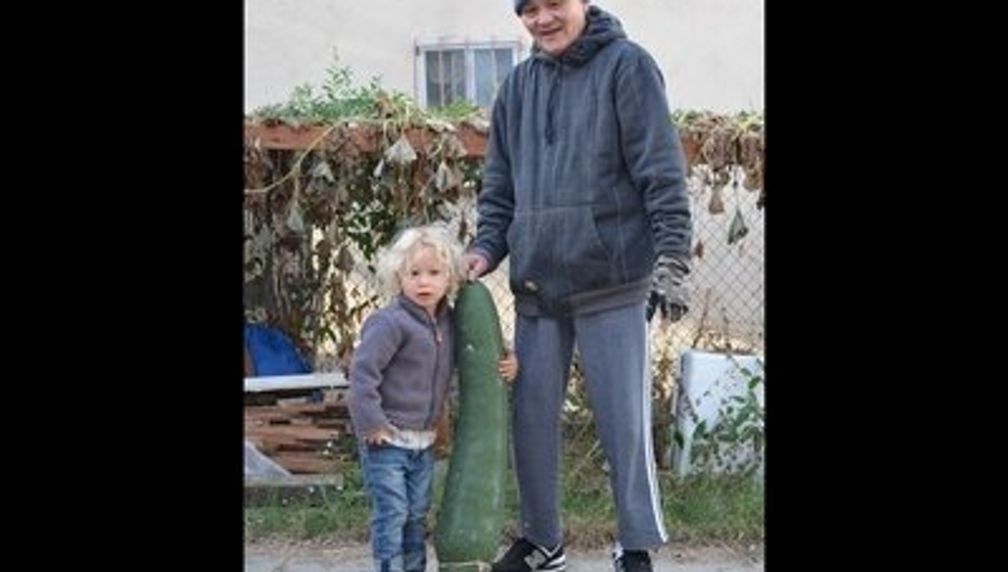Is.Was.Will Be.
Is.Was.Will Be. seeks to document the swiftly changing neighborhood of Elysian Valley as it is today, while simultaneously building a comprehensive historical profile through research and the development of a neighborhood archive. Creating interactions within the community about what it is and what it was, will enable residents to view Elysian Valley in the context of Los Angeles history, and empower them to actively shape what it will be by fully engaging in civic dialog about new development.

In what areas of Los Angeles will you be directly working?
City of Los Angeles
LAUSD
North East LA/Elysian Valley (Frogtown), Dorris Place Elemenary, Allesandro Elementary
How do you plan to use these resources to make change?
Conduct research
Engage residents and stakeholders
Implement a pilot or new project
Put faces to the Elysian Valley "parcels & properties" being sought by investors.
How will your proposal improve the following CONNECT metrics?
Rates of volunteerism
Adults getting sufficient social & emotional support
Participation in neighborhood councils
Percentage of Angelenos that volunteer informally (Dream Metric)
Government responsiveness to residents’ needs (Dream Metric)
Attendance at public/open streets gatherings (Dream Metric)
Describe in greater detail how you will make LA the best place to CONNECT.
Walking down any street in Elysian Valley, one finds vegetable gardens overflowing with Chinese Winter Melon, families eating in front yards laden with fruit trees. Residents stroll along the river from first light to sunset. New development and aggressive purchasing of properties threatens to turn this unique collection of avenues into a non-descript, ‘riverfront’ destination. The sudden rise in land values has led to predatory real estate practices as individuals and corporations attempt to purchase multiple parcels. While some are happy to cash out, those who want to stay feel under siege. Homes, apartments, and family owned businesses are being swallowed up by market-rate, multi-use development offering the minimum affordable housing mandated by the city. Although growth is inevitable, this is an impersonal process of displacement.
While tales of gentrification provide a common story for many neighborhoods, none are as vulnerable as the tiny community of Elysian Valley, aka Frogtown. Comprised of fewer than 8,000 residents, this historically low-income collection of cul-de-sacs lost its connection to the larger Los Angeles community decades ago with the destruction of Chavez Ravine and the building of the I-5 Freeway.
Through Is.Was.Will Be., Smart Gals seeks to document these rapid-fire changes, educate the public and residents about Elysian Valley history, highlight long term residents and put faces and histories to the “parcels” that developers aim to acquire. The objective is to empower the neighborhood so that residents can fully participate in the civic process, have their voices heard by local government, and influence development.
This project will implement a system for interaction and documentation that simultaneously informs and empowers the community, enabling residents to engage fully in civic dialog about their neighborhood. Documentation processes will include formal interviews with long-term residents (some of whom are survivors of the Chavez Ravine displacement), collection of personal archival from residents, and formal assembly of an accessible archive that tells the story of the neighborhood. Smart Gals would attempt to bring this history and these interviews into local schools so that the youth of the neighborhood can learn to observe and critique the changes happening around them.
By sharing our methods, successes and failures, we aim to provide a template for other neighborhoods to document, enrich and empower their community.
Please explain how you will evaluate your work.
We will gauge the success of our work primarily by the number of stories successfully collected, the number of local lives documented, whether by ourselves directly or by local youth. Motivating families to invest in their own stories is a key objective.
We will set a realistic goal for percentage of residents interviewed. To be effective in one year’s time, we will begin with those who are willing to speak with us, or who have already happily shared their stories (for which only the audio has been recorded) with the neighborhood newsletter. We will conduct these interviews on camera. If interviews are not granted we will attempt to photograph them with their homes and create a written summary.
We will make presentations of neighborhood history and development to the local elementary schools that will teach students observation and documentation skills so they may conduct their own interviews and create family histories to add to the projects’ archival database.
How can the LA2050 community and other stakeholders help your proposal succeed
Money (financial capital)
Volunteers/staff (human capital)
Publicity/awareness (social capital)
Infrastructure (building/space/vehicles, etc.)
Education/training
Technical infrastructure (computers, etc.)
Community outreach